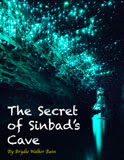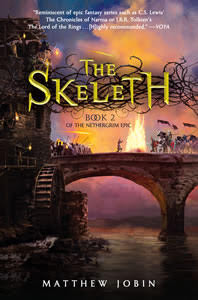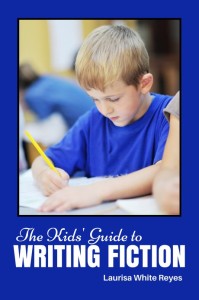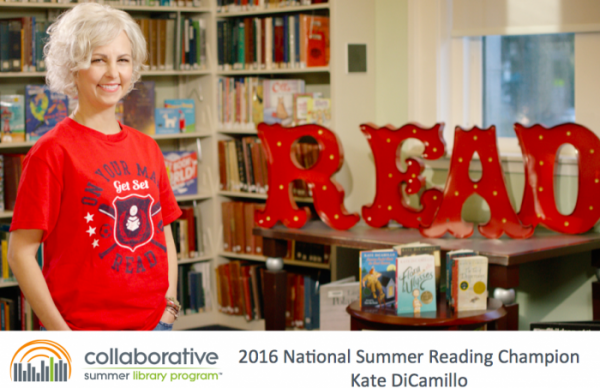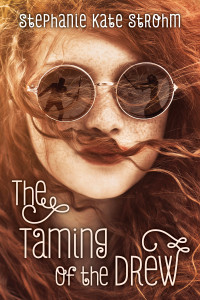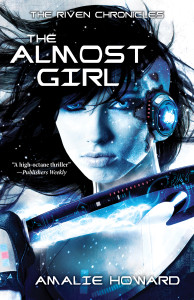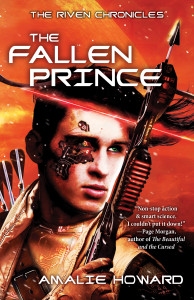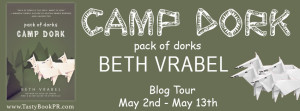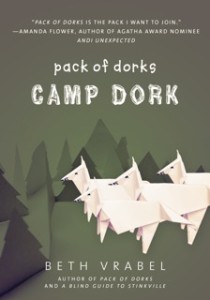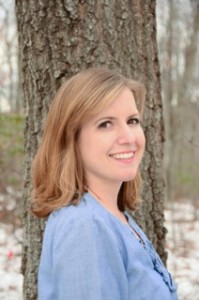“A Magical Location”
Any English teacher will tell you the importance of a story’s setting. Although I’d read books that took place in wonderful places, I never understood how a magical location could inspire a tale until I moved to a high country station in the North Island of New Zealand.
In my back yard is the Southern Hemisphere’s largest cavern, dramatic limestone cliffs and mist that floats up the valley and snags on the trees. There are far more sheep than people. There are no lights on our horizon at night and no traffic noise. The land soars in huge hills and then plummets down to seven streams that crisscross the valley in front of our house. After rain we are surrounded by the sound of water trickling down to meet the river.
30 million years ago the whole area was under the ocean. Limestone outcrops jutting from the land reveal ancient scallop shells and oyster fossils. Huge caves have been carved out over time, and there are deep sinkholes. On frosty mornings the air is warmer underground, and mist rises from the caves. It looks like these are the lairs of sleeping dragons.
Living in such a dynamic landscape is a gift to the imagination. Inhabited by people for only a hundred years, I often wonder if the trees and rocks are looking at us sideways, wondering what we’re doing in their territory. It is wild country, where new holes in the earth can open up overnight, requiring sheep rescues when the poor animals discover them before the farmer.
New Zealand’s official history states that people arrived about 1350AD in waka, canoes, from the Pacific Islands. But there are many stories that don’t fit with the official version. Some of them are fantastical. Some of them might be true. One of the most intriguing involves Arabian sailors travelling beyond their established trading routes in the ninth century down into the cold Southern Ocean.
The story of Sinbad the Sailor features a tale about valleys ringed by mountains, patrolled by giant birds. New Zealand was home to the largest bird ever to have lived, the Haast Eagle. It could lift small animals and children up and carry them away. Another Sinbad story tells of him sailing through a jewel-laden cave. Down the hill from our farm is the world famous Waitomo Glowworm Caves, where visitors float under thousands of sparkling glowworms.
My imagination set to work with these rich ingredients. Just one question was needed to gel everything together – what if Sinbad had left behind treasure? From there, the next steps were obvious – what if it had been hidden? Who would find it?
I dove straight into the rabbit hole and came up with a story that could be described as Famous Five meets Treasure Island, a mystical adventure set in an incredible landscape. I am grateful to the hills and the high winds, the isolation and the rugged charm of this farm, for it was the start of my story.
About the Book:
Nat Sheppard is devastated when her father announces on the first day of the school holidays that the family farm is going on the market. Nat’s little sister Kathleen climbs onto the roof to see the view one last time and falls into the attic. Nat and her brother Jack race up the stairs to find her but she has disappeared…
Book Excerpt:
“Jack poked his head in the door. ‘Is she okay?’
‘I think she’s trapped in some kind of secret room.’
‘What?’
‘You heard me. Can you pace out the length of the house from the kitchen to the back porch, and then compare it to up here?’
‘All right.’ Jack disappeared, and soon Nat heard even steps and counting. Then he reappeared. ‘Twenty. And upstairs it’s – hold on.’
‘Hurry up!’ yelled Kathleen.
‘Just a second,’ called Nat.
Jack reversed to the edge of the landing and then paced again, scrambling up into the attic and continuing to the wall where Nat waited. ‘Eighteen.’
‘You’re sure?’
‘Yeah.’
‘Then we have to find a way in.’
‘Dad’s going to love that.’
Nat examined the walls again. There was no sign of an entrance. Jack banged on the plaster in a couple of places.
‘This stuff is really solid,’ he said. ‘Maybe I should get a hammer.’
‘Find something up here,’ said Nat. ‘Kathleen – can you see any way to get out? Is there a door?’
‘No!’ called Kathleen. They could hear the tremor in her voice.
Nat looked at Jack. ‘We have to figure this out. She’s starting to get scared.’
‘I’ve found some tools,’ said Jack. He brandished a hammer and a splitter axe.
‘You tap the wall over here, top to bottom, left to right,’ said Nat. She grabbed the hammer. ‘I’ll do this part. There has to be a way in somehow. What’s the axe for?’
He shrugged. ‘To hit Kathleen over the head when she gets out.’
Nat glared at him. ‘Can’t you be nice?’
‘She’s learnt what to expect from me. It’d be rude to change now.’
Methodically, Nat tapped the plaster, but the returning sound was dense, not hollow. She worked her way down to ground level – nothing. Jack finished his section with the same result. They moved along.
‘I could barge it,’ said Jack. With the most energy Nat had ever seen him use, he threw his shoulder against the wall. He bounced back so hard he flew against a hat rack and landed in a tangle on the dusty floor. ‘Or not,’ he muttered.
‘What was that?’ yelled Kathleen.
‘Nothing,’ said Nat. ‘Hold on.’
She tapped the wall while she flicked through different solutions in her head. If Jack couldn’t force it, they were in trouble. Tap-tap-tap. The hammer flaked off pieces of plaster. Tap-tap-tap. She bent down and tested the last stretch, just above the floor. Tap-tap-donk. The hammer fell through something new – a thin board. Nat wiggled the hammer back and forth and it fell out easily.
‘Jack – I’ve found it.’
With the splitter and the hammer they cleared out all the board until the space was big enough for one person to wiggle through on their belly. Nat slithered in. It was a close fit.
Inside, Kathleen was covered in dust, sitting in a nest of rafters and torn hessian.
‘I’m okay,’ she said, wriggling her legs.
Nat inspected the hole in the roof. Thankfully, it wasn’t very big, and the rotten material had broken Kathleen’s fall.
Jack wormed his beanpole frame into the room. ‘What is this place?’ he said.
Every wall in the secret room had been reinforced with planks of solid wood.
‘This is rimu,’ said Nat. ‘No wonder you bounced off.’
Jack rubbed his shoulder. ‘Whoever built this didn’t want anyone to find it.’
‘They obviously had something valuable to protect,’ said Nat.
‘Then what are we missing?’ asked Jack. ‘If they went to this much trouble to keep people out… Hold on.’ He helped Kathleen up and pushed the debris against the far wall. They scanned the floor. Nothing.
‘What about up?’ said Kathleen.
‘Up?’ repeated Nat. Her gaze flashed over the walls.
‘Holy,’ whispered Jack.
At the peak of the roof, just in front of the gaping hole, sat a single shelf. On it rested a small wooden box. Jack lowered it to the floor. It was covered with cobwebs, and fastened with a padlock.
‘The key could be anywhere,’ said Nat.
Jack grinned. ‘Don’t worry about that.’ He lifted the hammer and bought it down on the padlock. It smashed instantly. Jack offered the box to Nat. ‘Would you care to do the honours?’
Nat opened the lid. Inside was a yellowed envelope with a name on it:
‘Natalia.’”
Author Contact:
Contact Brydie: brydiewalkerbain at gmail.com
https://www.facebook.com/brydiewalkerbain
https://www.goodreads.com/author/show/8314662.Brydie_Walker_Bain
Goodreads: https://www.goodreads.com/book/show/24379115-the-secret-of-sinbad-s-cave
Thank you to Byrdie for sharing this magical setting with us!



